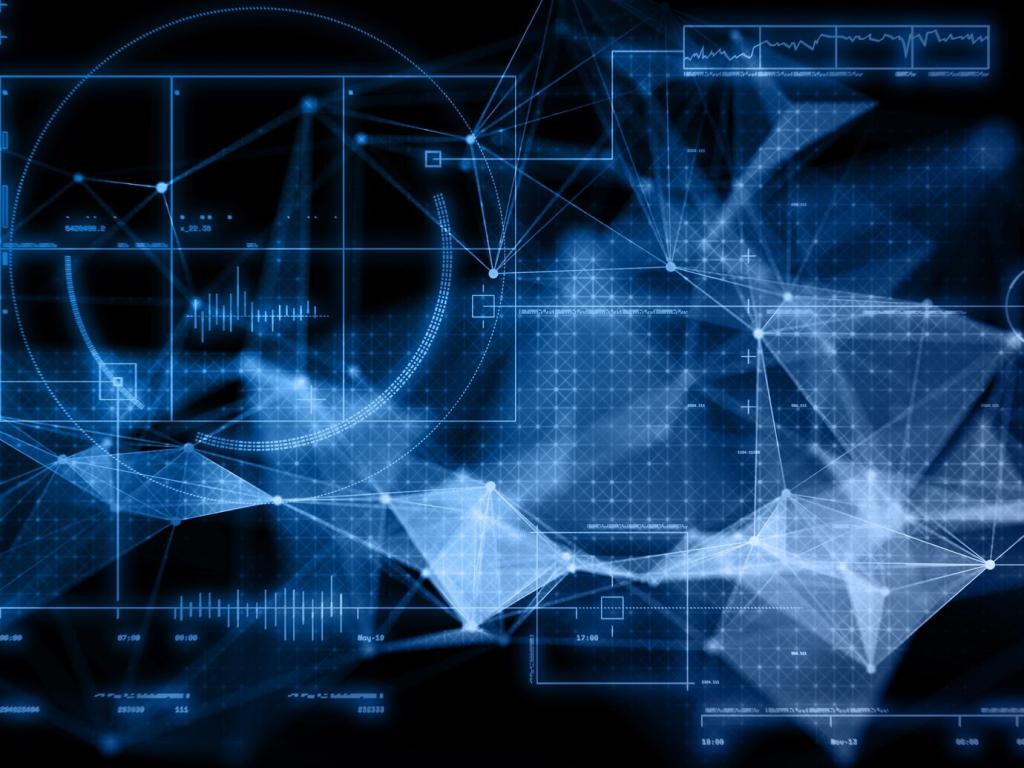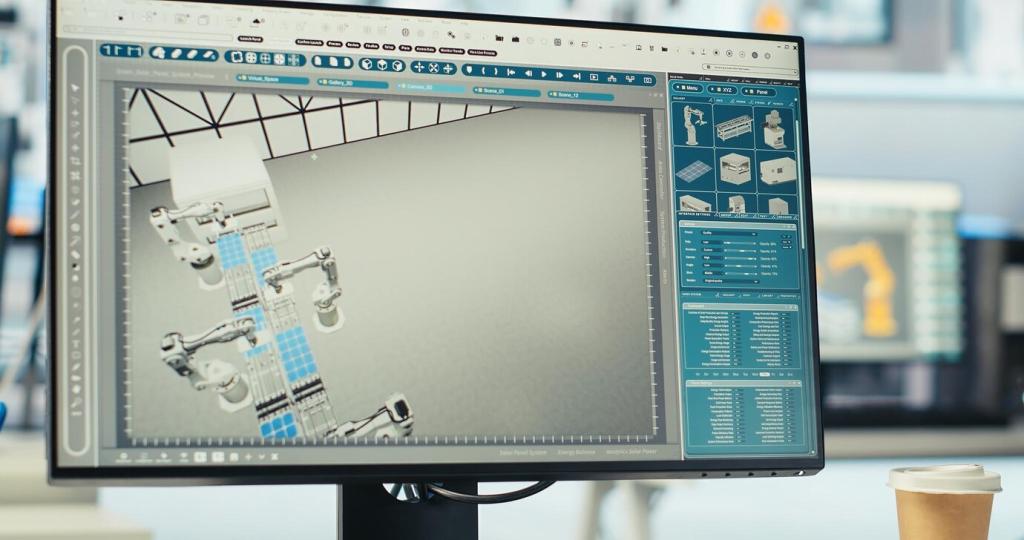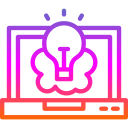Innovative IoT Projects Using Arduino and Raspberry Pi
Smart Home Automation
A fundamental aspect of home automation is the capability to manage lights and electrical consumption intelligently. By utilizing Arduino sensors and Raspberry Pi’s computational prowess, users can develop systems that turn lights on or off based on occupancy or time schedules while monitoring power usage. Advanced iterations might analyze data patterns and suggest optimal energy consumption habits, reducing utility costs and carbon footprints.
Integrating natural language processing with IoT devices marks a significant leap in usability. Raspberry Pi provides the processing ability to interpret voice commands, while Arduino handles appliance control via relays and actuators. Through this architecture, homeowners can manage lights, fans, or entertainment systems with simple voice commands, making the home environment both accessible and futuristic, catering especially to individuals with mobility challenges.
Home security systems have evolved from passive alarms to sophisticated, interconnected setups. Pairing cameras and motion sensors with a Raspberry Pi enables real-time surveillance and alerts, while the Arduino can manage door locks and window sensors. Remote monitoring through smartphones or computers ensures homeowners always have oversight, with automated logs and notifications bolstering peace of mind.


Weather Stations
Compact IoT weather stations are crafted using an array of sensors connected to Arduino boards for data collection, with Raspberry Pi units aggregating and broadcasting the information. The system can measure temperature, humidity, pressure, wind speed, and rainfall. Making this data accessible online helps individuals, farmers, and researchers predict weather trends, prepare for climate events, and study environmental patterns on both small and large scales.

Smart Agriculture for Soil Health
The marriage of sensor arrays and computational logic revolutionizes agricultural monitoring. Arduino boards probe soil moisture, temperature, and nutrient levels, sending data to Raspberry Pi units for analysis. Farmers can use these insights to optimize irrigation schedules and fertilizer application, reducing waste, maximizing crop yields, and promoting sustainable farming practices. IoT-based alerts further ensure timely interventions.

Remote Patient Monitoring Systems
IoT-enabled health monitors track vital signs—such as heart rate, oxygen saturation, and body temperature—using biomedical sensors interfaced with Arduino. The Raspberry Pi collects data streams, analyzes them for irregularities, and can alert caregivers or physicians instantly. Such systems are invaluable for chronic care patients or those in remote locations, offering closer observation without the need for constant hospital visits.
Wearable Health Devices
By leveraging miniaturized Arduino boards and efficient data processors like the Raspberry Pi Zero, developers can create wearable devices that continuously monitor physical activity, sleep patterns, or stress levels. The gathered data is sent to cloud servers for longitudinal health tracking. These devices empower users with actionable insights and can even feed information directly to healthcare providers for preventive care strategies.
Smart Medicine Dispensers
To address medication adherence, IoT-powered dispensers are designed to track and schedule medicine delivery. An Arduino board manages timing mechanisms and sensors to confirm pill retrieval, while the Raspberry Pi synchronizes schedules and notifications with user smartphones or remote care teams. This technology ensures patients take medication at correct intervals, reducing risk of complications and enhancing treatment outcomes.
